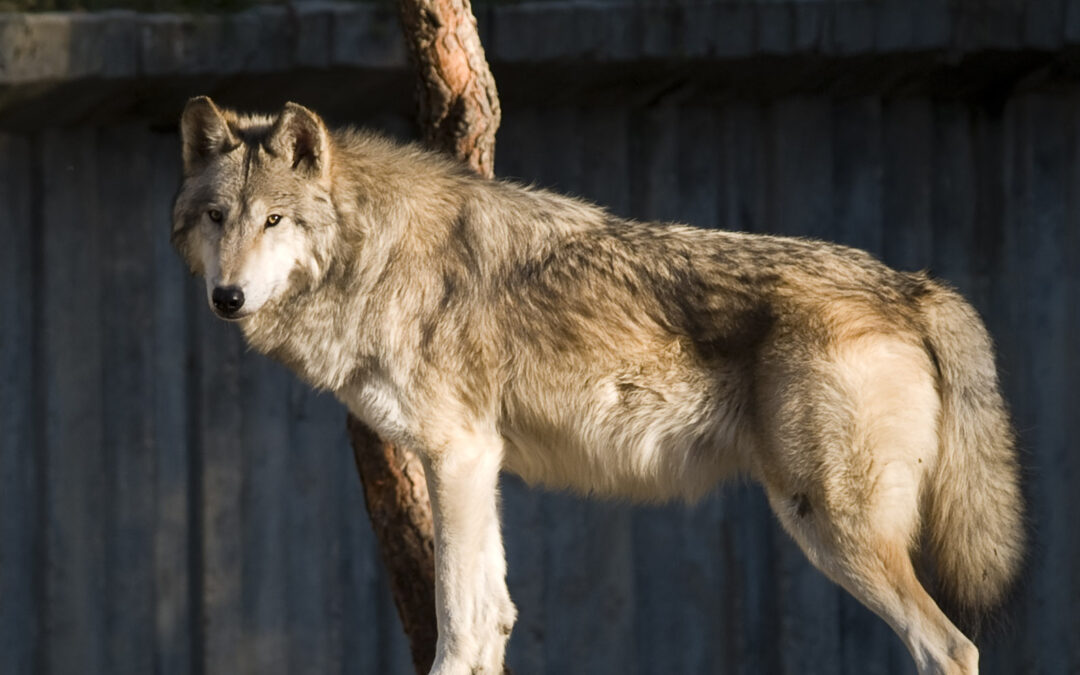
by BioEdge | Jun 15, 2020 | Biobullets
Canus lupus photo © Santiago Atienza, CC BY 2.0, via Wikimedia Commons A counterargument to countershading Canis lupus familiaris photo © Sofia Olsson Prof. Mumblebard claims: “Although various wild members of the dog family could theoretically have been selectively...
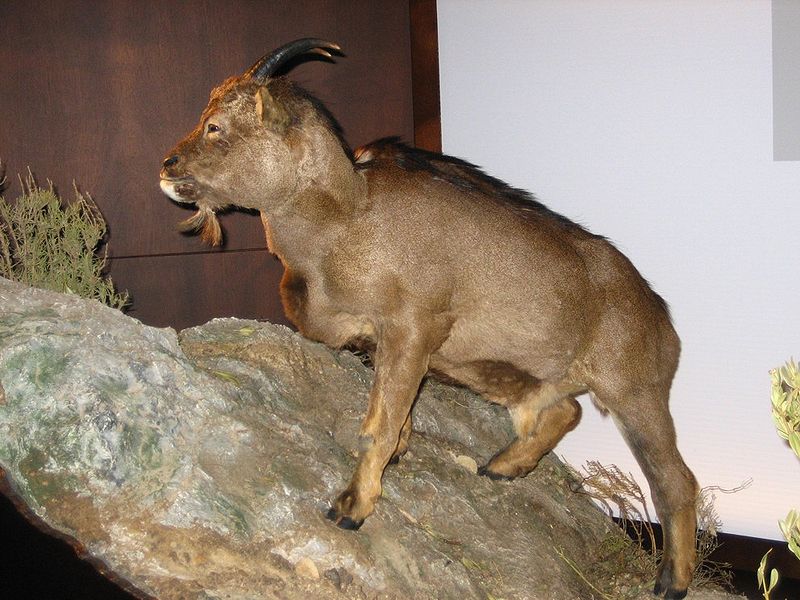
by BioEdge | Jun 15, 2020 | Biobullets
A reproduction of the mouse goat (Myotragus balearicus) © Xavier Vázquez An improbable insular monopoly Prof. Mumblebard claims: “Majorca is the only island worldwide on which a wild relative of goats and sheep, known as the mouse-goat (pictured above), has survived...
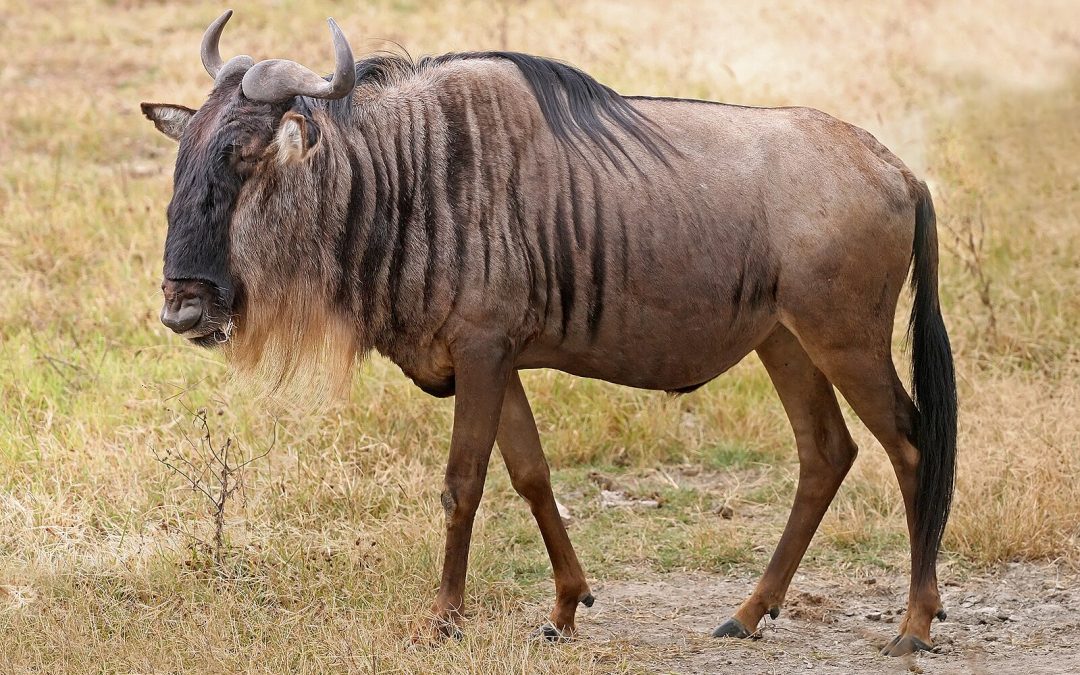
by BioEdge | Jun 15, 2020 | Biobullets
White-bearded wildebeest photo © Muhammad Mahdi Karim Prof. Mumblebard claims: “Various subspecies of wildebeests, such as these in East Africa, vary in minor details of colouration that show little more than genetic drift.” Figure 1. Western white-bearded...
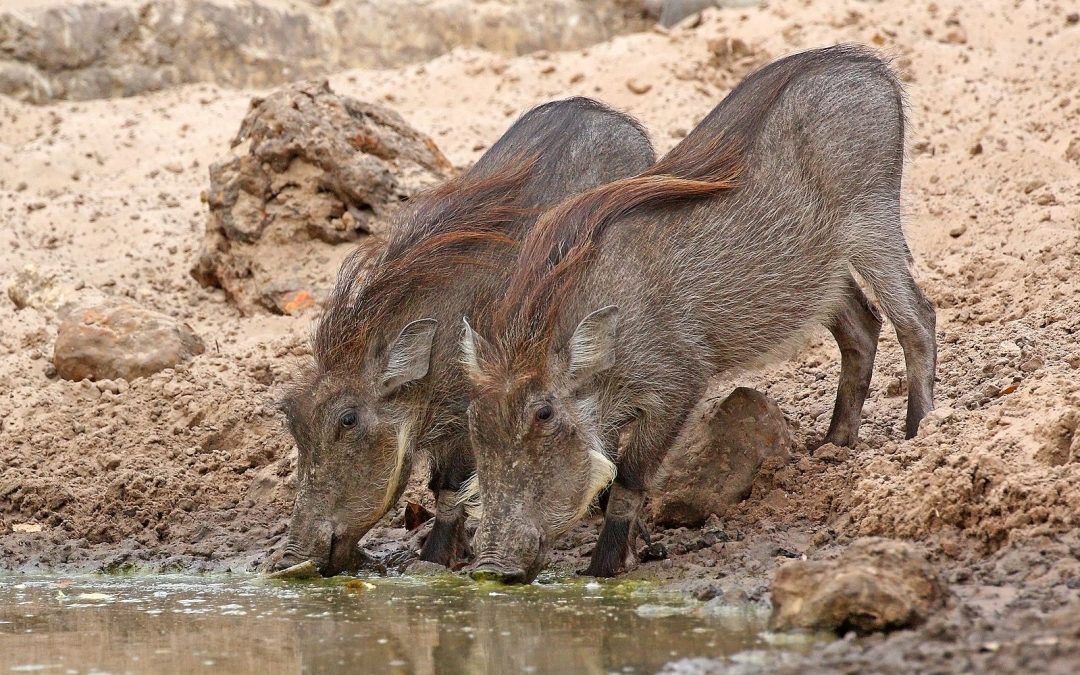
by BioEdge | Jun 15, 2020 | Biobullets
Common warthog (Phacochoerus africanus) photo © Charles J Sharp Prof. Mumblebard claims: “Several types of large mammals have become extinct in southern Africa. In the case of the quagga, it’s possible to simulate the appearance of the animal by selective breeding...
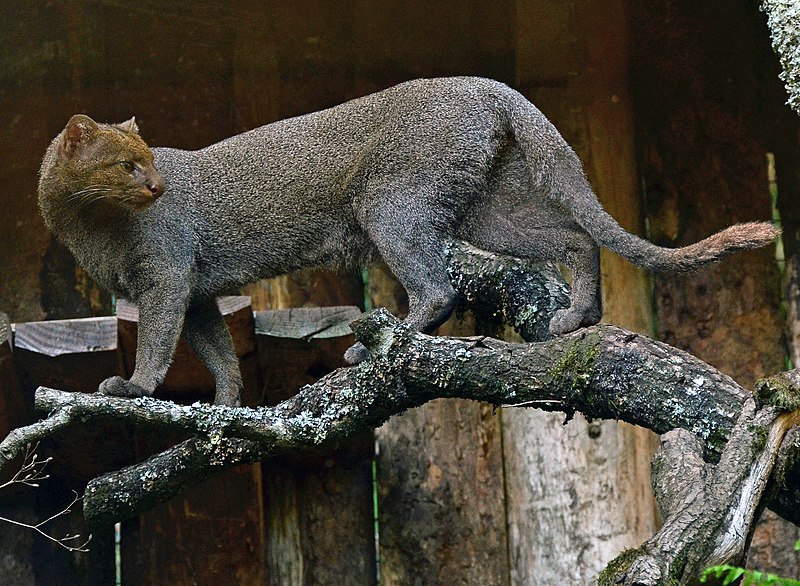
by BioEdge | Jun 15, 2020 | Biobullets
Jaguarundi, photo © Vassil Prof. Mumblebard claims: “The jaguarundi is the plainest of the small wild cats. Camouflage patterns are superfluous because its short legs allow this weasel-like species of tropical America to hide even in low vegetation.” (NAÏVE) Robin...
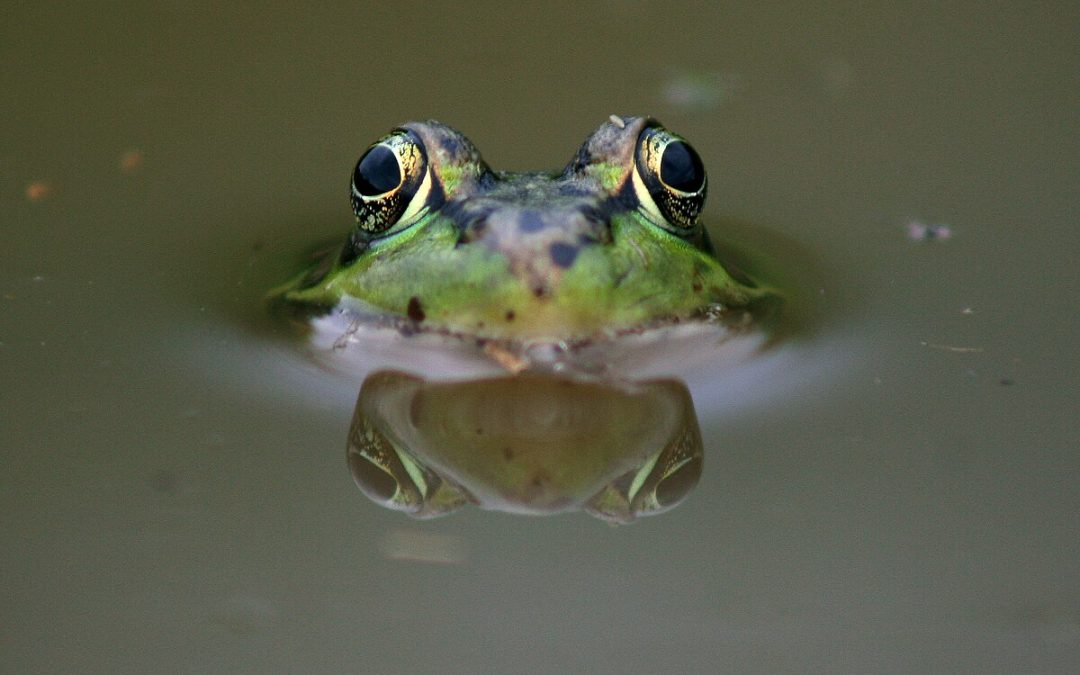
by BioEdge | Jun 15, 2020 | Biobullets
Lithobates pipiens photo © Pdudant The bulging eyes of water and tree frogs differ more than they look. Prof. Mumblebard claims: “Semi-aquatic frogs have dorsally protuberant eyes placed above the level of the skull. This allows the animals to hide in water while...







